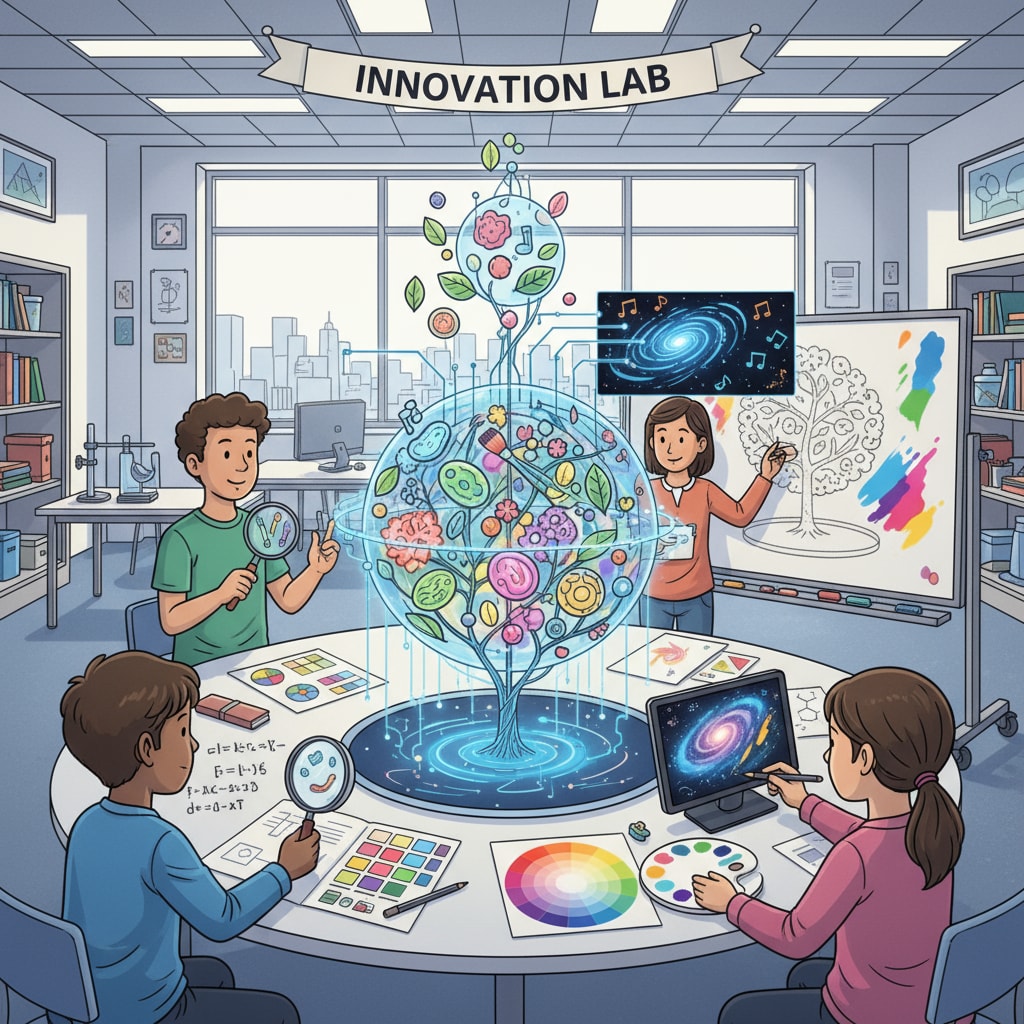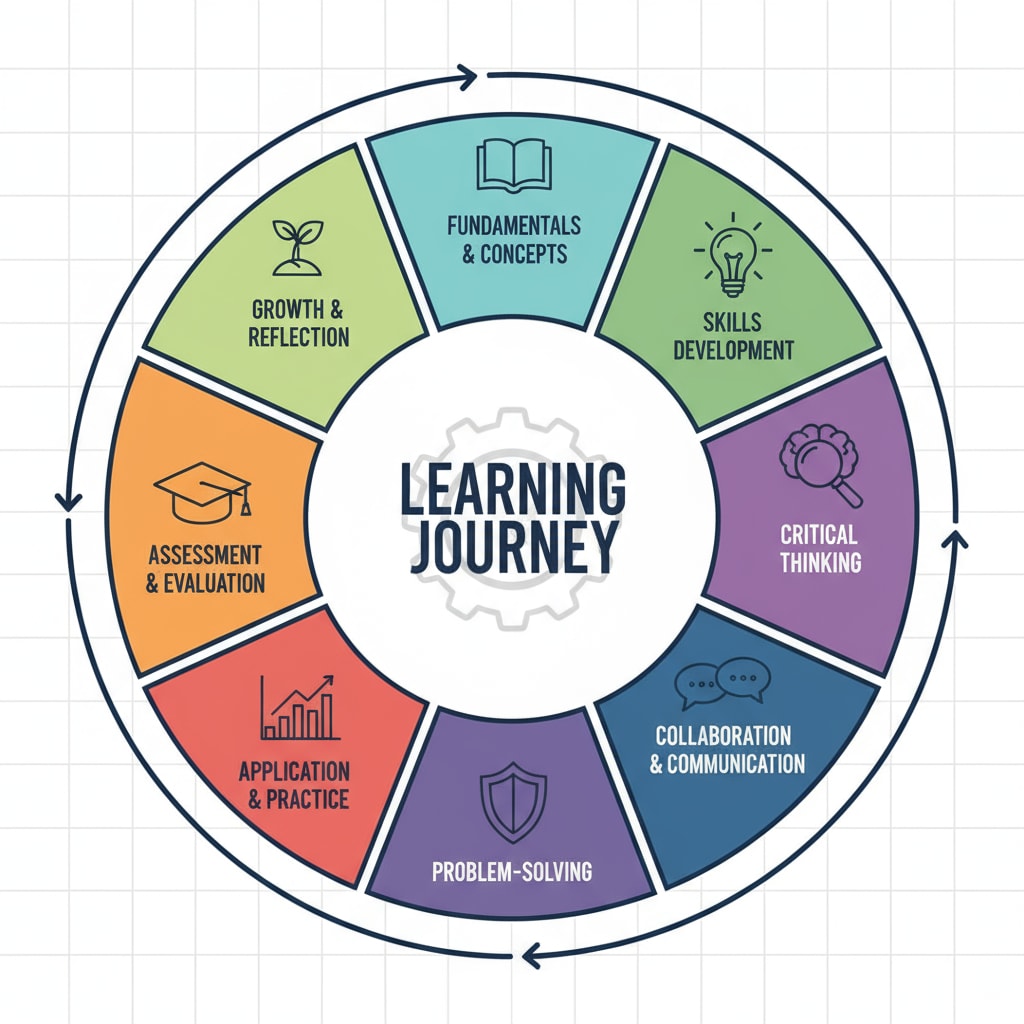In the current age of information overload, learning plans, multidisciplinary knowledge, and time management are of utmost importance for K12 students. Effectively planning multi-disciplinary learning has become a key educational concern. This article delves into the feasibility of a personal learning plan encompassing nine major themes and offers practical strategies for resource integration and time management to assist students in cultivating interdisciplinary thinking and autonomous learning abilities while balancing in-class studies.
Understanding the Need for Multidisciplinary Learning
In today’s world, knowledge is highly interconnected. Multidisciplinary learning helps students break down the barriers between different subjects. For example, a student interested in environmental science needs to combine knowledge from biology, chemistry, and geography. By integrating these subjects, students can gain a more comprehensive understanding of complex issues. According to Interdisciplinary studies on Wikipedia, interdisciplinary learning promotes creativity and critical thinking. It equips students with the skills to solve real-world problems that often require a blend of knowledge from various fields.

Feasibility of the Nine – Theme Personal Learning Plan
A personal learning plan with nine themes can be highly feasible. Each theme can be a different subject area or a cross – disciplinary concept. For instance, themes could include STEM (science, technology, engineering, and mathematics), humanities, and the arts. The feasibility lies in setting clear goals for each theme. Students should be able to determine what they want to achieve in a specific time frame. As per Education on Britannica, having well – defined goals is the first step towards a successful learning plan. This allows students to measure their progress and make necessary adjustments.

Resource integration is another aspect of the plan’s feasibility. Students need to identify reliable sources of information for each theme. This could include textbooks, online courses, and educational apps. By gathering resources from multiple channels, students can ensure they have access to a wide range of knowledge. Additionally, time management plays a vital role. Students should allocate specific time slots for each theme to avoid overloading themselves.
Readability guidance: The key points here are understanding the need for multidisciplinary learning, the feasibility of a nine – theme plan in terms of goal – setting, resource integration, and time management. Each concept is presented in short paragraphs for clarity, and external links are provided for further exploration.


